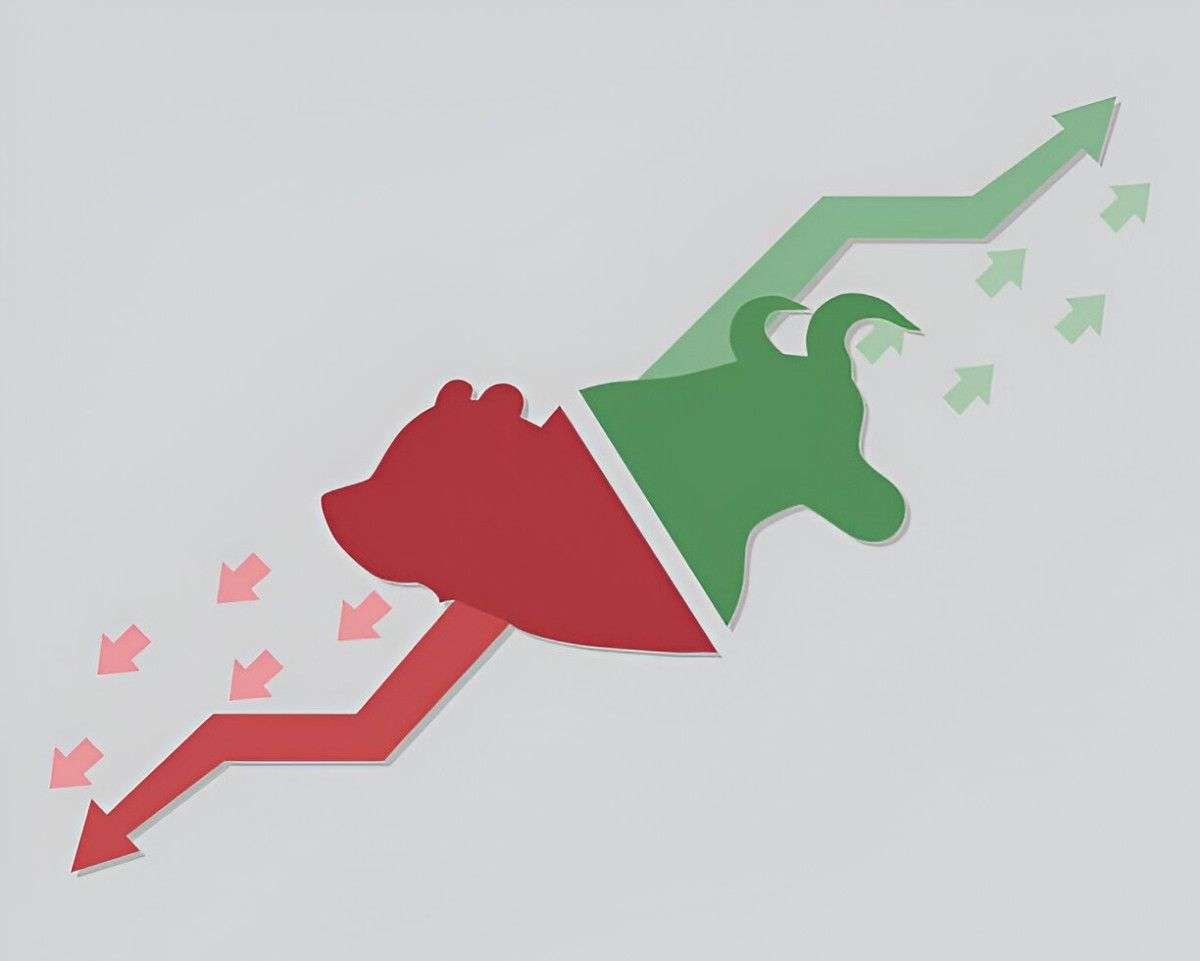The relationship between the bull market and stock buybacks is one that often garners much attention. As an investor, I’ve come to realize how closely these two elements are intertwined. Both can significantly influence the overall performance of the stock market, and understanding their dynamic is essential for making informed investment decisions. Stock buybacks—when a company repurchases its own shares—are often seen as a strategy that can contribute to bullish market conditions. But how exactly do these buybacks tie into a bull market?
Table of Contents
What is a Bull Market?
Before diving into the connection, let’s first define a bull market. A bull market refers to a period in the financial markets where the prices of assets, such as stocks, are rising or expected to rise. This generally occurs when the economy is doing well, corporate profits are high, and investor sentiment is positive. For an investor, a bull market typically presents an opportunity to profit from rising stock prices.
What Are Stock Buybacks?
Stock buybacks are when a company buys back its own shares from the market, reducing the number of outstanding shares. This often leads to an increase in earnings per share (EPS) because the company’s profits are now divided by a smaller number of shares. Companies usually engage in buybacks when they believe their stock is undervalued, when they want to boost their stock price, or when they have excess cash.
The Symbiotic Relationship Between Stock Buybacks and the Bull Market
The connection between stock buybacks and bull markets is multifaceted. To fully understand this, I will break it down into several key factors.
1. The Impact of Stock Buybacks on Stock Prices
When a company announces a buyback program, it typically signals to the market that the company believes its stock is undervalued. This can encourage investors to buy in, driving up the stock price. Additionally, by reducing the number of shares in circulation, buybacks can directly influence stock price upward.
In a bull market, where the sentiment is already optimistic, buybacks can amplify the positive momentum. As companies repurchase shares, it creates more demand for their stocks, contributing to the rising prices that are characteristic of a bull market.
For example, let’s assume that a company has 1 million shares outstanding, and it repurchases 100,000 shares. This reduces the number of shares available on the market, increasing the scarcity, which, in turn, can cause the stock price to rise, assuming demand remains strong.
2. Boosting Earnings Per Share (EPS)
One of the primary reasons companies engage in buybacks is to boost their EPS. By repurchasing shares, the company’s earnings are distributed among fewer shares, which increases the EPS. In a bull market, companies that are already performing well may look to further improve their financial metrics by buying back shares.
Let’s say a company has $10 million in earnings and 1 million shares outstanding. The EPS is calculated as:
\text{EPS} = \frac{\text{Earnings}}{\text{Shares Outstanding}} = \frac{10,000,000}{1,000,000} = 10 \text{ per share}Now, if the company buys back 100,000 shares, the new share count would be 900,000. The new EPS would be:
\text{New EPS} = \frac{10,000,000}{900,000} = 11.11 \text{ per share}This increase in EPS can make the stock more attractive to investors, especially in a bull market when investor sentiment is already positive. As a result, stock buybacks can contribute to a rise in the stock price, which feeds into the bullish trend.
3. The Role of Buybacks in Capital Allocation
In a bull market, companies tend to have higher cash flow and profits due to increased demand for goods and services. This excess capital often needs to be allocated somewhere. For some companies, stock buybacks are a preferred way to allocate this capital, especially when they don’t have immediate investment opportunities or when their stock is undervalued.
Rather than letting cash sit idle or making questionable investments, repurchasing shares is a way to reward shareholders and potentially increase stock prices. This action also signals confidence to the market, reinforcing the positive sentiment already present in a bull market.
4. Psychological Factors and Market Sentiment
Stock buybacks can play a crucial role in shaping investor psychology, especially in a bull market. When a company announces a buyback, it often communicates to the market that management believes the stock is undervalued or that they are confident in the company’s future performance. This can lead to increased investor optimism, which, in turn, can contribute to more buying and rising stock prices.
In a bull market, the overall mood is positive, and buybacks can further elevate this sentiment. Investors, encouraged by both the market environment and the company’s actions, are more likely to continue buying shares, creating a feedback loop that strengthens the bull market.
5. The Risk of Buybacks in a Bear Market
While stock buybacks can be beneficial in a bull market, they can also present risks, particularly when the market turns. In a bear market, when stock prices are falling, companies that have engaged in buybacks may find themselves with a reduced cash reserve, making it harder to weather the downturn. The buybacks might have been better spent elsewhere, such as investing in growth initiatives or saving for a rainy day.
In a bull market, companies may feel emboldened to engage in buybacks, but if market conditions change unexpectedly, this can leave them exposed. It’s important for investors to consider the long-term impact of buybacks rather than simply seeing them as a short-term price-boosting tool.
Stock Buybacks in Different Market Cycles
Understanding stock buybacks in both bull and bear markets is important for contextualizing their role in the market cycle. In a bull market, buybacks are generally seen as a positive, reinforcing the upward movement in stock prices. In contrast, during a bear market, buybacks might be viewed as less effective because they may not provide the same price support when investor sentiment is negative.
Bull Market Example:
Let’s consider a company that repurchases 10% of its shares during a bull market. The market responds positively, driving the stock price up by 15%. This boost is partly attributed to the buybacks, and the company’s financials improve due to the higher EPS.
Bear Market Example:
In contrast, if the same company had attempted buybacks during a bear market, the stock might only rise by 5% or not at all, as the broader market sentiment is weak. The company’s repurchased shares might not have the same positive effect, and the market downturn could overpower the buyback efforts.
Conclusion
The relationship between stock buybacks and a bull market is complex but crucial to understand. Stock buybacks can drive up stock prices, improve EPS, and bolster market sentiment, all of which align with the characteristics of a bull market. However, buybacks are not a guarantee for long-term success, and they carry risks, especially when the market turns. As an investor, it’s important to approach buybacks with a balanced view, considering both their short-term benefits and long-term implications.
In the end, the key takeaway is that stock buybacks are an important tool that companies can use to enhance shareholder value. In a bull market, this tool is particularly powerful, as the overall market conditions align with the positive effects of buybacks. However, careful consideration is needed to avoid pitfalls, particularly if market conditions shift unexpectedly. As with any investment strategy, buybacks should be viewed within the broader context of market conditions, company fundamentals, and long-term goals.





